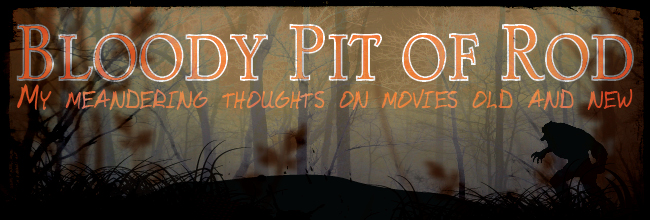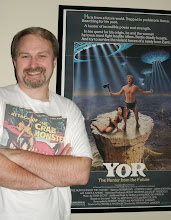The first thing I noticed about WAR FOR THE PLANET OF THE
APES is the silence. At first I feared that the quiet opening and subdued aural
composition of the first few seconds of the film was a technical glitch but
then the natural sound effects of people walking through a forest became
audible and I realized that it was intentional. Soon it was clear that sound
was going to play a major role on the way the story was going to be told.
The rest of the movie demonstrated that director Matt Reeves
fully understands how to use sound to tell his story as well as draw an
emotional response and a quickening of interest in the viewer. Often he drops
specific, expected noises out from underneath images in such a way that it
draws attention to violence or action. He is cleverly using his soundtrack to
underline character traits the same way a visualist will use costuming or
lighting to color our perceptions. At one point a character is crouched in snow
with tears trickling down his face and what we hear is his slightly stifled
sniffle. This shows his pain better than any conversation could. At another
point two antagonists scream while attacking each other as slow motion machine
gunfire tracks across a floor and wall seeking a target but all we hear is
breathing and the score. The tension is unnerving and I don't think I could
have had a more emotional response if all the fury and rage were blasting my
ears.










No comments:
Post a Comment